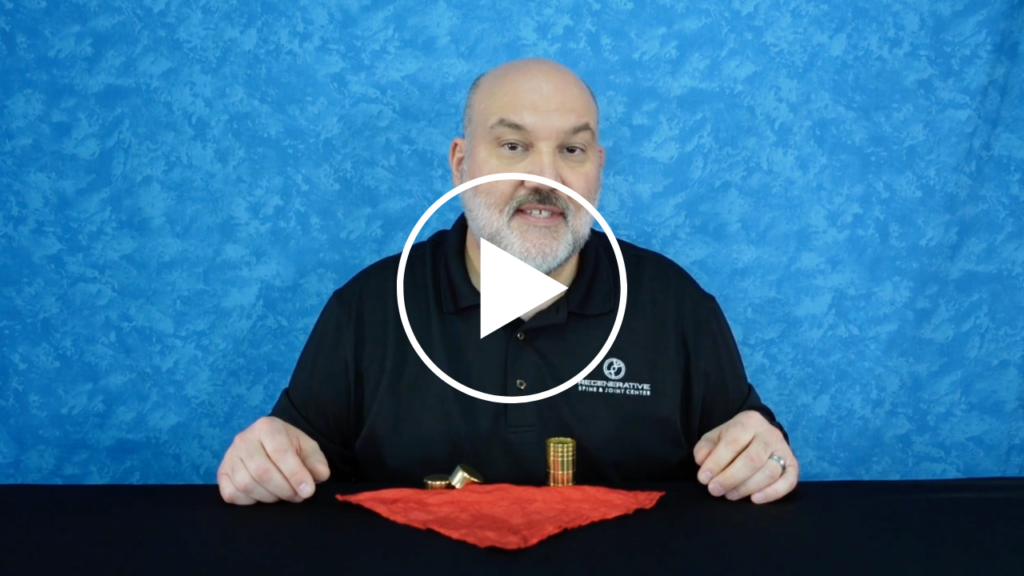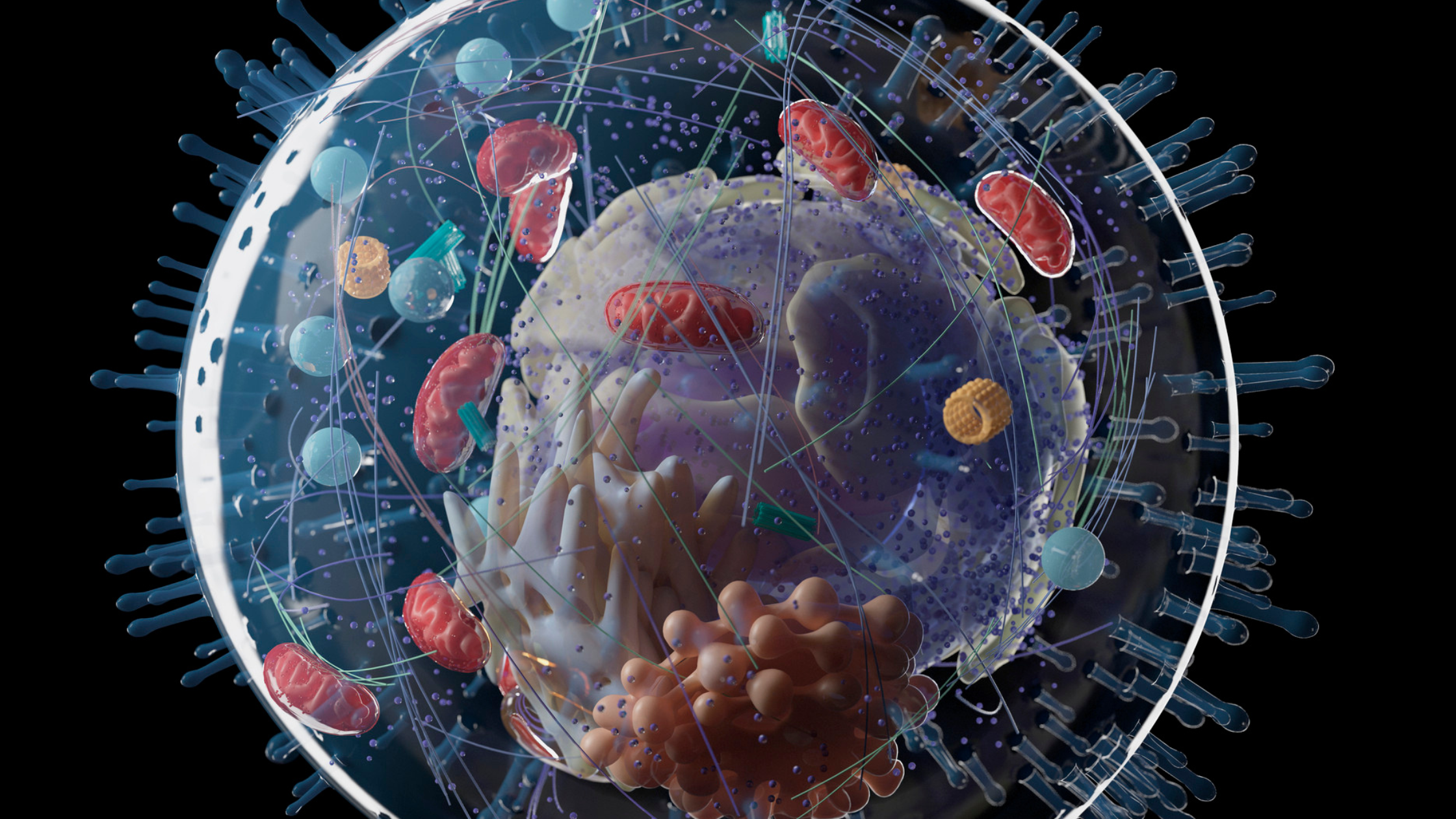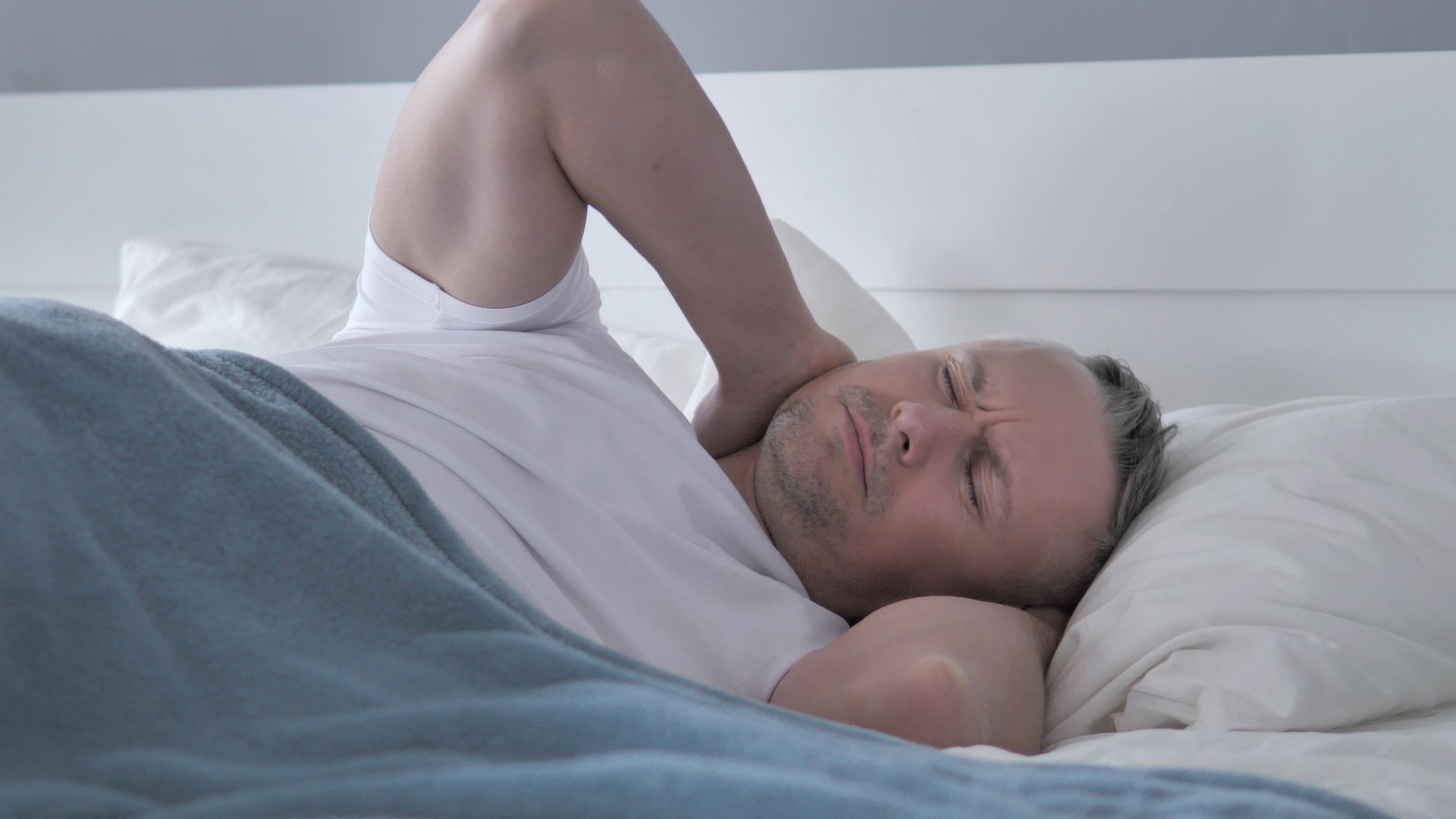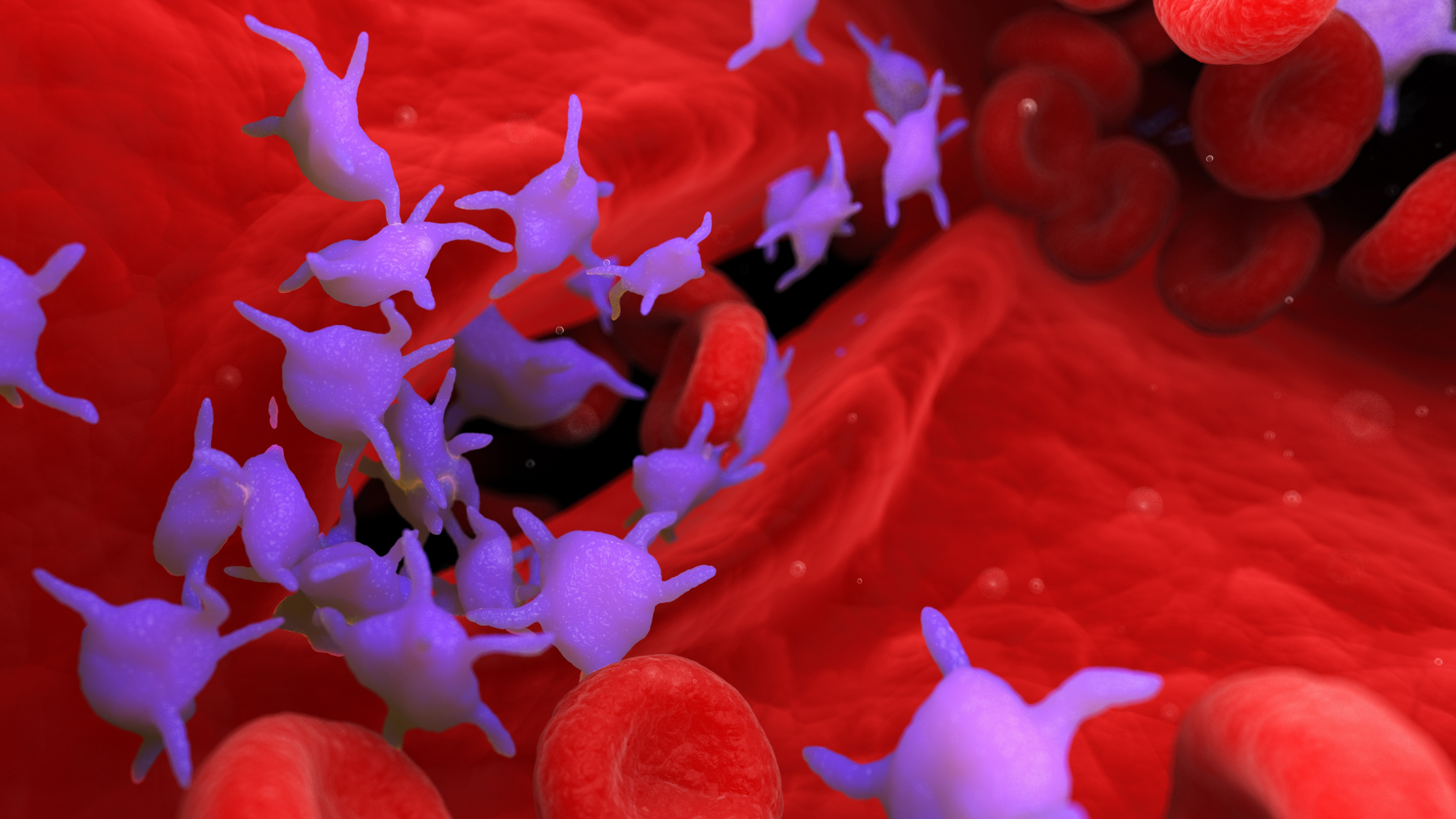

What is Degenerative Disc Disease
![]()
Degenerative disc disease isn’t truly a disease and almost everyone develops degenerated discs as they age. When the discs leak, people often experience pain and numbness. If there are no leaks, there are no symptoms. Nearly every degenerated disc begins as a single annular tear. The tear progressively worsens to become multiple disc tears, and then finally escalates into disc degeneration.
Almost every MRI and CT study finds that everyone over the age of 60 has some disc degeneration.
Disc degeneration often leads to chronic back pain and loss of disc height as discs continue collapsing. As regenerative medicine continues to advance in its treatment for spinal conditions such as degenerative disc disease, physicians are often looking to biologics, such as stem cells and platelet-rich plasma, to treat degenerated discs. The problem these treatments face is that once the annulus of the disc is compromised, the biologic being injected will not stay in the target treatment area. By using the fibrin biologic, the Discseel® Procedure effectively seals the compromised annulus tears in the disc, allowing for the body to recover from within and for other biologics such as platelet-rich plasma and stem cell therapies to be used in conjunction with the Discseel® Procedure.
The Discseel® Procedure holds a real potential cure to this debilitating condition.





